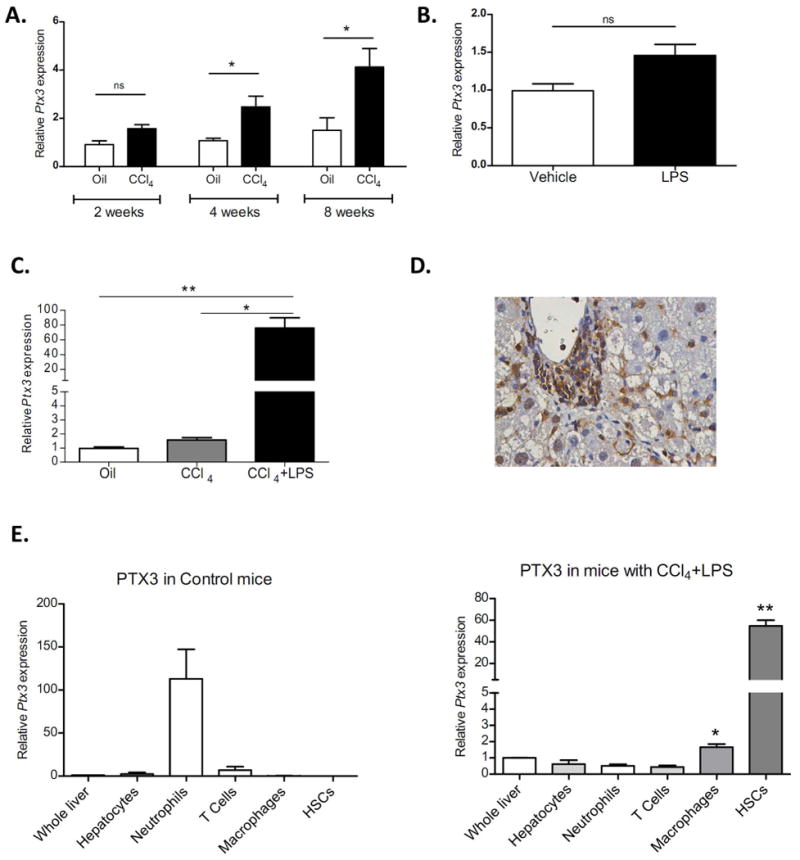Figure 1. Ptx3 expression and cell source in experimental models of chronic and acute-on-chronic liver injury.

a) Hepatic gene expression of Ptx3 in mice treated with carbon tetrachloride (CCl4) during two weeks (n=4), four weeks (n=6) and eight weeks (n=4) (*p<0,05 compared with their appropriate oil treated control group mice). b) Hepatic expression of PTX3 in mice treated with LPS (10mg/Kg) (n=4) or vehicle (DPBS) (n=4). c) Hepatic gene expression of Ptx3 in mice treated with oil+vehicle, CCL4 and CCL4+LPS (n=6 per group) (**p<0,01 compared with control and CCL4 mice groups). d) Immunostaining of liver sections (x200 magnification) from CCL4+LPS treated mice show that PTX3 is expressed in inflammatory and non-parenchymal cells. e) Ptx3 gene expression in FACS-sorted hepatic cells population by immunoselection: neutrophils (Ly6G+), macrophages (F4/80+), T cells (CD3+), hepatocytes, and HSC (VitA+). Hepatic cells were compared with whole liver of oil control or CCl4+LPS respectively (*p<0,05; **p<0,01 compared with whole liver) (hepatic cells sorted from mice n=3).
